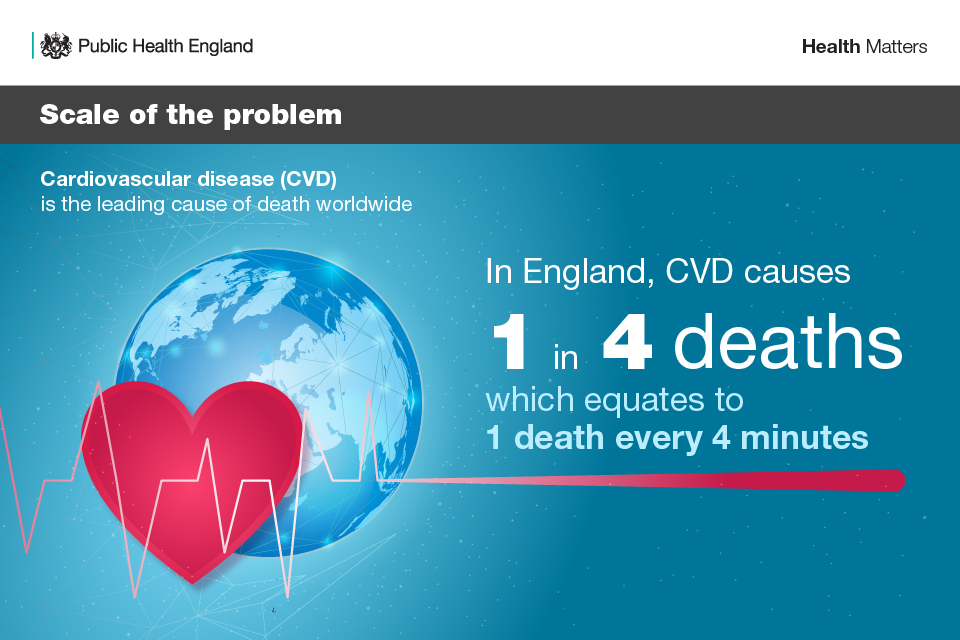
The bipartisan Policy Center formed a Rural Health Task Force in June 2012 with funding provided by the Leona M. and Harry B. Helmsley Charitable Trust. The team includes doctors, business leaders, former elected officials. Their recommendations will aid policymakers in making informed decisions about rural healthcare. They also have a commitment to using data to inform and guide their work. Here are some of the policies and strategies being tested across the nation.
Rural hospitals need to expand Medicaid in order determine the most successful programs and services. Even though a modest Medicaid reimbursement is better that none, it can still leave a hospital with debt. In rural areas, the Affordable Care Act is not helping financially. While the Act offers commercial insurance through exchanges for health care, many people on low incomes opt to have high-deductible plans. This means the hospitals do not get paid for their services. This means that rural health facilities can't compete with large urban hospitals when it comes to patients.

State Offices of Rural Health: This program allows states to receive financial assistance from SORH. These offices coordinate activities related to rural health in their states. SORH also assists with the identification of federal and state programs for rural communities. The program also offers technical assistance to non-profit entities serving rural populations. It encourages the use and analysis of data to determine the most effective ways of providing health care. What can rural health systems do in order to improve their performance?
There is a shortage of doctors in rural areas. Rural areas have more primary care physicians than urban ones, but the number who live there is also lower. This shortage of providers can be especially troublesome in rural areas with low incomes, which are often under- or uninsured. The commission plans to establish a fleet mobile clinics in rural areas. This program will improve rural access to healthcare if it succeeds.
Rural areas face different challenges to urban ones. The rural provider's patients are more likely to be low-income and have less access to resources. This can negatively impact the quality and safety of care. In order to reduce adverse outcomes, a physician's ability in rural areas to provide appropriate care is vital. However, a physician's skill level is a key factor for establishing a healthy community in a remote area.

Rural areas have different health care delivery systems. Rural patients have to travel further for treatment as there are fewer providers. Rural patients tend to avoid seeking medical care in the city and don't want time off from work to travel to a clinic. This can slow down the diagnosis and make the patient's situation worse. Farmers who work for themselves in rural areas might be many hours away from necessary health care services. They must also consider the difficulties of caring for livestock and crops.
FAQ
What is the healthiest lifestyle to life?
Healthy lifestyles include eating healthy food, regular exercise, good sleep, and avoiding stress. If you follow these guidelines, you will be able to lead a long and healthy life.
Start small by changing your diet and exercising routine. You can lose weight by walking 30 minutes each day if you are looking to lose weight. If you're looking for a way to increase your activity, consider taking up swimming or dancing. You could also sign up to an online fitness platform like Strava, which tracks your activity.
How can I live my best everyday life?
Find out what makes YOU happy. This is the first step in living a life that you love. Once you are clear about what makes you happy and satisfied, you can move on to the next step. Asking others about their lives can help you to see how they live the best life possible.
You can also check out books like "How to Live Your Best Life" from Dr. Wayne Dyer. He speaks about happiness and fulfillment in all areas of life.
How do I count calories?
You might be asking "What is the best diet?" or "is counting calories necessary?" The answer to this question depends on many factors, including your current health, your personal goals and preferences, as well as your overall lifestyle.
The Best Diet For Me - Which One Is Right For You?
My current health status, personal goals, preferences, and overall lifestyle all play a role in choosing the right diet. There are many options, both good and bad. Some work well for certain people while others don't. So what do I do? How can I make the best decision?
These are the questions that this article attempts to answer. This article begins with a brief overview of the various types of diets that are available today. Next, we'll discuss the pros and cons for each type of diet. Finally, we'll discuss which one is best.
Let's begin by briefly reviewing the different types and diets.
Diet Types
There are three main types. Low fat, high proteins, and ketogenic. Let's briefly discuss them below.
Low Fat Diets
A low fat diet is a diet that restricts the amount of fats consumed. This is done by reducing your intake of saturated oils (butter, cream cheeses, etc.). These fats can be replaced with unsaturated fats like avocados and olive oil. People who are looking to lose weight quickly and easily will benefit from a low-fat diet. This diet can cause problems such constipation as heartburn, indigestion, and even stomach pain. In addition, it may lead to vitamin deficiencies if a person doesn't get enough vitamins from their food.
High Protein Diets
High protein diets restrict carbohydrates in favor of proteins. These diets are more protein-rich than others. These diets are designed to build muscle mass and help you burn more calories. They may not be able to provide sufficient nutrition for people who need it. They can also be very restrictive so they may not be suitable for everyone.
Ketogenic Diets
Ketogenic diets can also be known as keto diets. They are high-fat and low in carbs and protein. They are commonly used by athletes and bodybuilders, as they allow them train harder and more frequently without getting tired. But, they require strict adherence to avoid negative side effects like nausea, headaches, and fatigue.
What is the difference in fat and sugar?
Fat is an energy source that comes from food. Sugar is a sweet substance that can be found naturally in fruits or vegetables. Both fats, as well sugars, provide the same number calories. But, fats have more calories than sugars.
Fats are stored within the body and can contribute to obesity. They can lead to cholesterol buildup in the arteries, which could cause heart attacks or strokes.
Sugars can be quickly absorbed by your body and give you instant energy. This causes blood glucose to rise. High blood sugar levels can cause type II diabetes.
Does being cold give you a weak immune system?
According to some, there are two types: people who love winter or those who hate it. You might wonder why you feel so miserable in the cold, no matter how much you love or hate winter.
The reason is simple: Our bodies are made to function well in warm temperatures. In fact, we evolved to thrive in hot climates because that's where most of our food sources are located.
Today's environment is vastly different from the one our ancestors experienced. We spend much more time indoors, often exposed to extreme temperatures (cold and heat), and we eat foods that are processed rather than fresh.
Our bodies aren’t accustomed to such extremes. That means that when we do venture outdoors, we're left feeling tired, sluggish, and even sick.
However, there are ways to counter these effects. You can combat these effects by making sure you are well-hydrated all day. If you drink plenty of water, you'll help keep your body properly hydrated and flush toxins from your system.
It is important to eat healthy foods. Your body will stay at its best when you eat healthy foods. This is particularly helpful for anyone who spends long periods of time inside.
Take a few minutes every morning to meditate. Meditation helps you relax your mind and body, which makes it easier to deal with stress and illness.
What is the difference of a virus from a bacteria?
A virus is an organism microscopic that can't reproduce outside its host cells. A bacterium is an organism that splits itself in two. Viruses can be as small as 20 nanometers, while bacteria can grow up to 1 micron.
Viruses are usually spread through contact with infected bodily fluids, including saliva, urine, semen, vaginal secretions, pus, and feces. Bacteria can easily be spread from direct contact to contaminated surfaces and objects.
Viral infections can also be introduced to our bodies by a variety of cuts, scrapes or bites. They can also penetrate the skin through the eyes, nose or mouth.
Bacteria can get into our bodies through cuts, scrapes and burns, insect bites, or other skin breaks. They may also be introduced into our bodies through food and water as well as soil, dirt, dust, and animals.
Both bacteria and viruses cause illness. But viruses do not have the ability to multiply within their hosts. So they only cause illnesses when they infect living cells.
Bacteria may spread to other people and cause sickness. They can invade other areas of the body. We need antibiotics to get rid of them.
Statistics
- The Dietary Guidelines for Americans recommend keeping added sugar intake below 10% of your daily calorie intake, while the World Health Organization recommends slashing added sugars to 5% or less of your daily calories for optimal health (59Trusted (healthline.com)
- According to the Physical Activity Guidelines for Americans, we should strive for at least 150 minutes of moderate intensity activity each week (54Trusted Source Smoking, harmful use of drugs, and alcohol abuse can all seriously negatively affect your health. (healthline.com)
- In both adults and children, the intake of free sugars should be reduced to less than 10% of total energy intake. (who.int)
- WHO recommends reducing saturated fats to less than 10% of total energy intake; reducing trans-fats to less than 1% of total energy intake; and replacing both saturated fats and trans-fats to unsaturated fats. (who.int)
External Links
How To
27 Steps to a Healthy Lifestyle when Your Family Buys Junk Food
Cooking at home is the most popular way to eat healthier. However, this is often difficult because people do not know how to prepare healthy meals. This article will provide some helpful tips for making healthier dining out choices.
-
Select restaurants that offer healthy dishes.
-
Before ordering meat dishes, order salads and other vegetables.
-
Ask for sauces made without sugar.
-
Avoid fried food.
-
Instead of ordering fried meats, request grilled meats.
-
You shouldn't order dessert unless it is absolutely necessary.
-
Be sure to have something other than dinner.
-
You should eat slowly and chew well.
-
Get plenty of water when you eat.
-
Do not skip breakfast, lunch or dinner.
-
Include fruit and vegetables with every meal.
-
Drink milk rather than soda.
-
Try to stay away from sugary drinks.
-
Reduce salt intake.
-
Try to limit the time you go to fast food places.
-
Ask someone to join if temptation is too much.
-
You should not allow your kids to watch too many TV programs.
-
During meals, turn off the TV.
-
Do not consume energy drinks.
-
Regular breaks from work
-
Get up early and go for a run.
-
Do some exercise every day.
-
Start small and increase your knowledge slowly.
-
Set realistic goals.
-
Be patient.
-
Exercise even if it's not your favorite thing to do.
-
Positive thinking is important.